Description
The Stanley Prune Plum Tree is a consistent producer of beautiful, easy-to-grow plums – setting the standard for all plum varieties. Now one of the most popular European plums, the Stanley was developed in Geneva in 1926 at the New York State Agricultural Experiment Station, as part of Cornell University.
Beautiful blooms in the spring lead to an abundant crop of classic, oval-shaped fruits with deep blue-purple skin and sweet yellow flesh with a hint of green. The flesh is firm and does not cling to the stone. Stanley Plum Prunes ripen in early September. The fruit is tender with high sugar content, great for eating fresh and ideal for drying and baking.
Plant this fruit tree in well-drained soil that is amended with good organic matter, and you will be rewarded with bushels of juicy plums.
This self-fertile plum tree variety is perfect for gardeners in the Northeast, Midwest, and upper South. Easy to grow, beautiful to look upon, and a consistent producer, the Stanley Plum Tree is a must-have addition to your home orchard or edible landscape.
A licensed variety of Cornell University.
Survival Guaranteed!
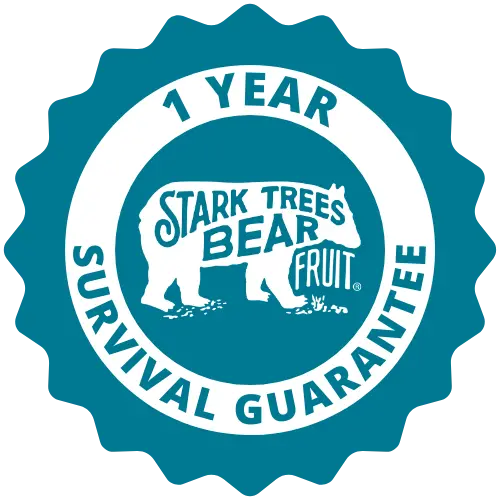

Since 1816, Stark Bro’s has promised to provide customers with the very best fruit trees and plants. It’s just that simple. If your trees or plants do not survive, please let us know within one year of delivery. We will send you a free one-time replacement, with a nominal shipping fee of $9.99. If the item in question is not available, we can issue a one-time credit to your account equaling the original product purchase price or issue you a refund. Read more about our warranty policy.
Characteristics
| Bloom Color | White |
| Bloom Time | Late |
| Chill Hours | 700 |
| Fruit Color | Purple |
| Fruit Size | Medium |
| Hardiness Zone Range | 5 - 7 |
| Pollination | Self-Pollinating |
| Ripens/Harvest | Early September |
| Shade/Sun | Full Sun |
| Soil Composition | Loamy |
| Soil Moisture | Well Drained |
| Soil pH Level | 6.0 - 7.0 |
| Taste | Sweet |
| Texture | Firm |
| Years to Bear | 3 - 6 |
Size & Spacing
Mature Size
Recommended Spacing
Zone Compatibility
Pollination
This variety is self pollinating.
Tools & Supplies
Planting & Care
Learn all about how to grow plum trees in The Growing Guide. An entire section of our website dedicated to your growing success.
Shipping Information
Arrives when it's time to plant
Questions & Answers
Mine are 2 years old this year also, and I didn't get blooms; but since the leaves didn't start sprouting until mid-April here in mid-Indiana, zone 5b, which I consider late, you may be all right considering whatever your zone is.
Are you sure it is not ripening ? Does the fruit actually stay a small green fruit on the tree? I know from my own experience that just about any other bird or animal wants to eat your plums as much as you do, and as soon as the fruit is even close to ripe, some creature is trying to eat it before you get to it! Never fear, in a few years you will have so many plums there will be plenty for all! I grew up with these plums and recently planted my own in central New Hampshire and the last two crops have been amazing. They should just fall off the tree once ripe.
If this is not the case I would guess they are not getting enough water and are falling off the tree unripe, or you have a soil deficiency--maybe have your soil tested through your local extension service and tell them what you are trying to grow. Sometimes something as simple as adding lime to raise or lower the pH will allow your plant to be able to access the nutrients it needs which may already be present in your soil in great enough quantities. Hope that helps!
Here in north west Pa. we seem to always have a late frost, so what I do is move my portable fire pit near my trees and build a small smoking fire where the smoke covers the trees. the smoke is enough to warm the frost and the blooms are safe.
Heather- Fruit trees produce more blossoms then they need to improve their chances of making fruit (seeds) during adverse weather conditions like spring frosts. If nothing kills the blossoms the trees are often left with more fruits than it can grow and remain healthy. When this happens often a tree will abort some of its fruits so that it can focus it's energy into producing successful fruits.
A good fruit tree grower will thin their fruit load each year to assist the tree's efforts. Stone fruits, like the Stanley Prune/Plum, should be thinned to one fruit every 6-10 inches. It is important to remember a tree only needs about 7-8% of its blossoms to produce a full fruit load.
We appreciate you reaching out to us. You can find the years-to-bear information in the Characteristics section, near the top of the page, underneath the description. This tree takes 3-6 years to bear.
If you have any further questions please don't hesitate to reach back out to us. Have a great day!
I don't honestly know how I could answer without more information. Why do you think it's insect damage? Where are you located? What about rainfall... could it be heat or water stress? Mine has/is doing well, but it is getting regular watering and has a good layer of mulch all over the area. We had very little rain in July and at least two weeks of temps in upper 90 to 101 range.
I would think that insect damage would show itself very clearly. Also most diseases would take more than 3 days to show symptoms that severe. Try doing a search for "diseases of Plums" and see what comes up... especially look for pictures of disease, insect damage and weather/low water stress.
If you freeze them they will not be firm anymore. Very suitable for making jam or baking cakes, have not tried canning.
These are what I always called Italian Plums. Oval fruit with dark skin that has a chalky bloom on it, "clear" flesh (not the whitish yellow of Asian plums), free stone pit.
I live in Central Nebraska next to the Loup river which means we have a thriving deer population. I have thirteen trees in my 5 year old acreage orchard. I have managed to protect the trees from deer damage by driving 6 - 5' long "tee posts" in a circle around each tree. These post extend to the drip line of the tree. I have had to expand the post out further as the trees grow. I have 5' tall wire fencing attached to the posts. I was fortunate to salvage my wire from the local landfill. These trees have not been bothered by the deer. I did loose some apples from deer leaning against the fence to reach the fruit, hence I keep moving the fence out to the drip line. Other trees on the property without the wire have been destroyed by the deer. This damage occurs during the rut in the fall when they scrape and rub the tree trunk bare which kills the tree. Hope this helps.
The Stanley Prune-Plum is considered disease-resistant, but it is not immune to all diseases. It shows good resistance to black knot, a common fungal disease that affects plums, and it generally has decent resistance to brown rot if properly maintained. However, like all plum trees, it can still be susceptible to other issues such as leaf spot, bacterial canker, and plum curculio if conditions are favorable for disease development.
Customer Reviews
I kept watching for buds to form for weeks and then all of a sudden they began and when they did they really developed quickly. The tree now has shoots that are greater than 12" in length and growing strong.
I look forward to shaping the tree by pruning in the next few years. Our Sitka blacktail deer love fruit trees so I have to keep the trees in cages until they are mature, otherwise they will do the pruning and I will never get fruit.


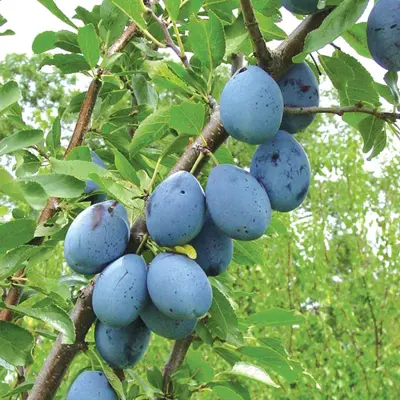
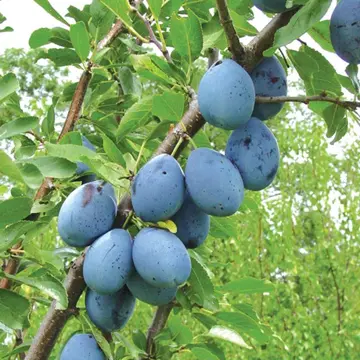
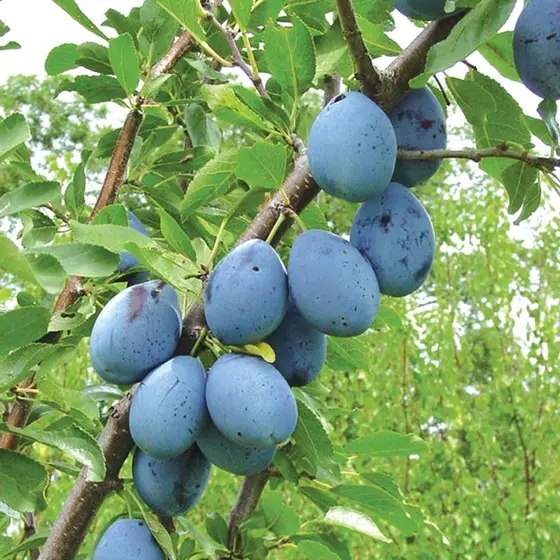
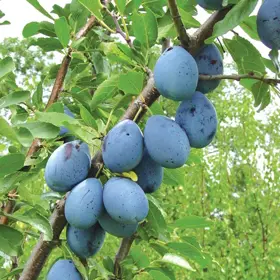
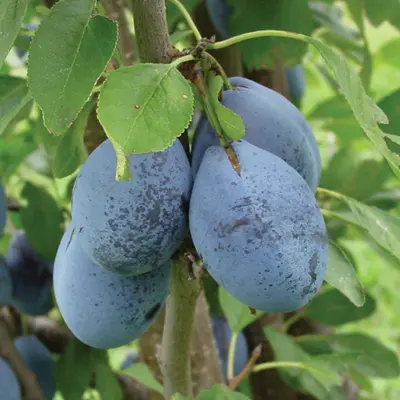
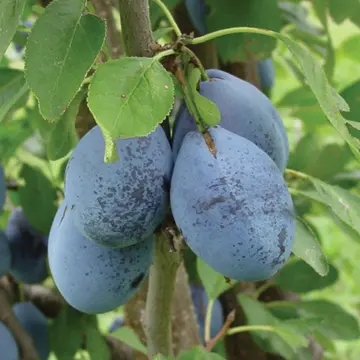
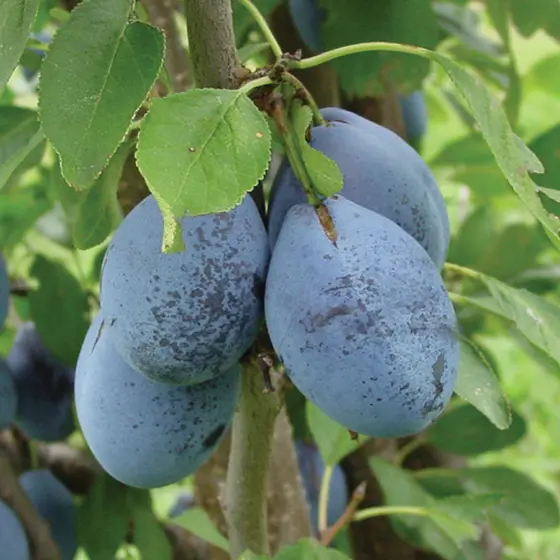
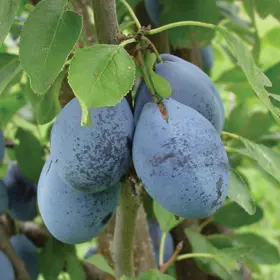
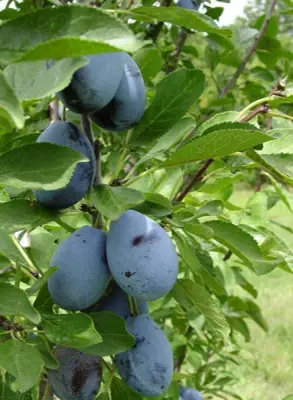
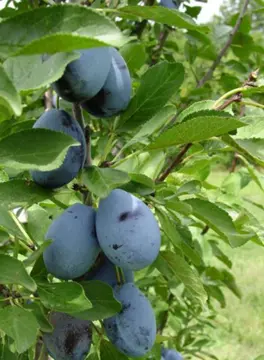
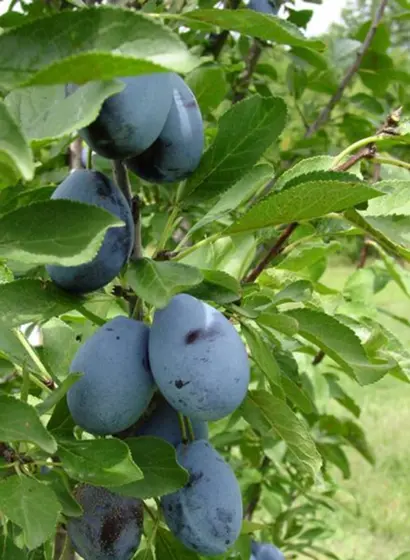
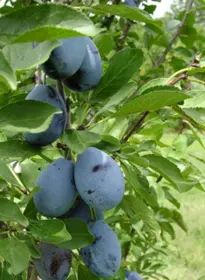
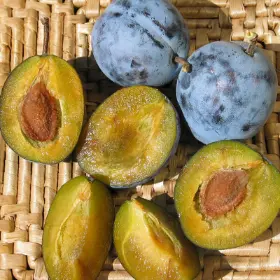
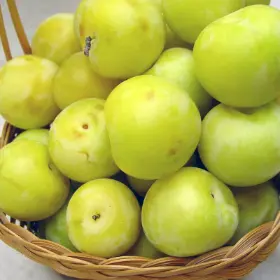
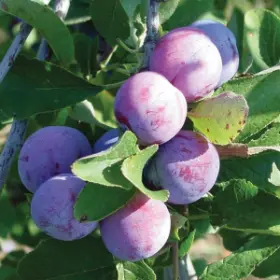
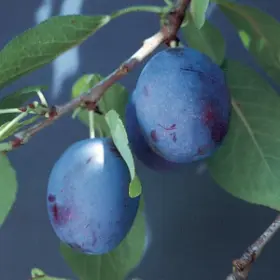

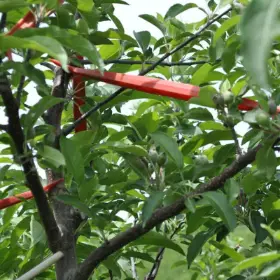
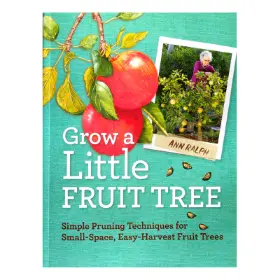
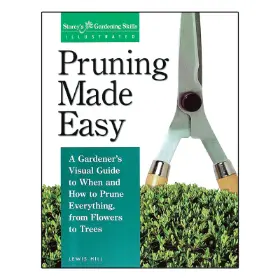
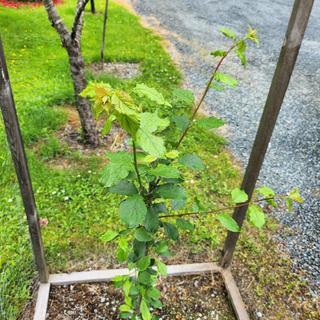
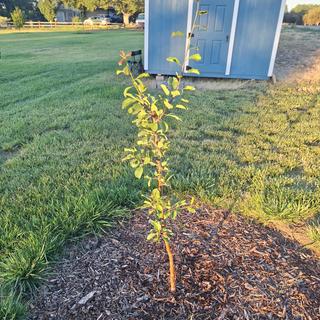
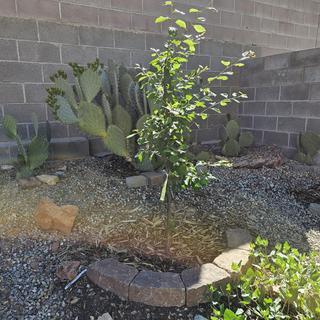
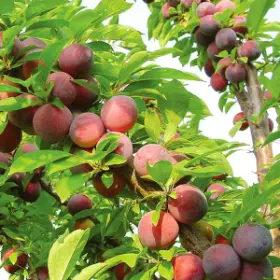
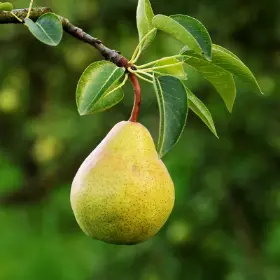
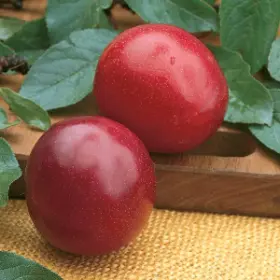
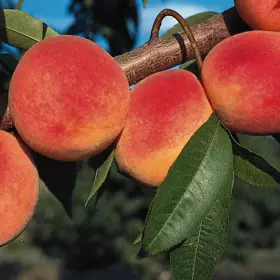
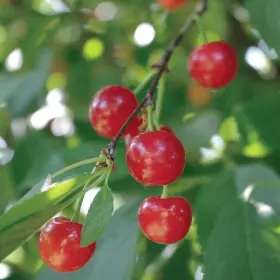
Supposed to do well in 9b.
I selected because Stanley is a special name to me. I hope is tastes good.
I like the plums and it will go well with my damson plum tree
bought as a replacement for a tree that arrived dead from another soarce.hope this one comes breathing .